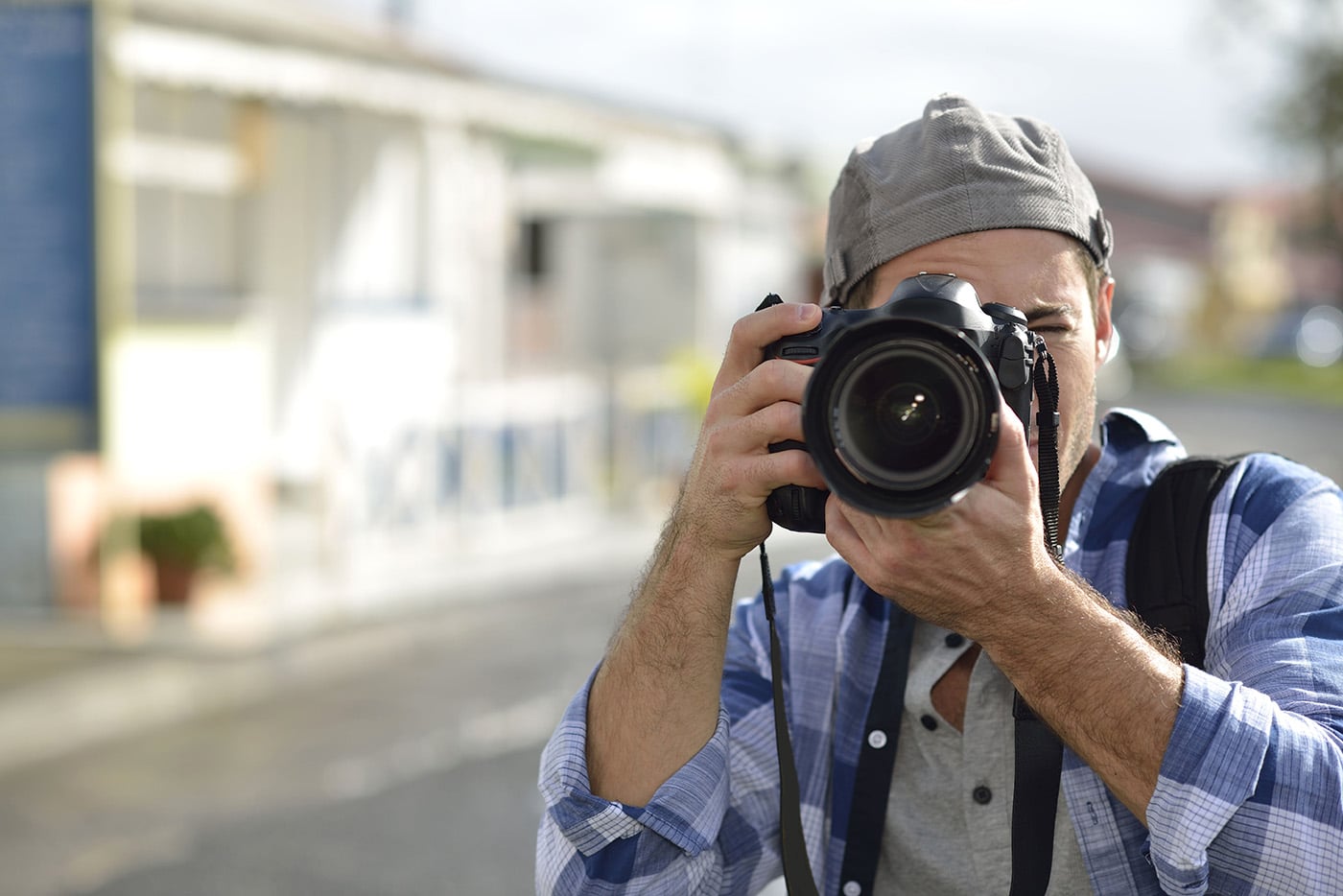The difference between work and leisure goes far beyond the saying “work however you want and you won’t have to work one day. “In fact, work requires commitment, specialization and above all perform activities that go beyond your profession. you’ve started photographing as a hobby and want to work with him for the rest of your life, learn more about being a photographer, and confirm your choice or change your mind.
Continue as a hobby if 😕 It can no longer support working in front of the computer (photographers usually do). Find a glamorous job (at first it is not glamorous, in addition, you have to respect its deadlines and assume the responsibilities). Have your own business and work whenever you want (on the contrary, you will work for many people, who will be your customers and will have to be regular with them). Incredibly, professional photographers do less than photograph. This is because they spend more time publicating and publicize their work, responding to clients, conducting meetings, managing money and budgets, participating in events and networking and AUSSI: photographing, so if you just want to photograph, you can escape utopia, because being a professional photographer is much more than that.
Here’s what I want, let’s get started!
1. The first step is to find your audience. Do you want to photograph pregnant women? Children? Diplomas Wedding? Books? Define this for your particular taste and also for the market need. Do a field survey and confirm that in your area there is some type of photographic service with few professionals. This is a great first step. 2. Next, create the service that meets the needs of your target audience. Be a photographer who understands, with excellence, how to photograph pregnant women, children, events, that is, know your niche. 3. Attracting people to your business is a constant and fundamental job at this stage of the business. Create a Fanpage, a website, spread it yourself. Get people to refer you, attend events, get seen. If you’re looking for a niche that you don’t really like, that’s fine. Maybe you like to photograph events and this is the neighborhood with the most professionals in your city. In this case, you will have to do it well and find something in this area that you can do differently, with more agility and at a lower cost. Even so, it will not be free from market analysis. Having photography as a profession requires planning, as in all professions. So, use planning tools, study the market and know your limits. After that, do some testing and confirm that this is the perfect niche for you as a professional photographer.
Profile of your audience
Once you’ve defined the niche you need to create a profile for your audience, consider gender, age, social class, what they consume, their ideologies, where they usually go, habits, cultural references and education. Find all these references and set your custom brand for them. The more specific and exclusive your service, the more specialist and reference it will be. You may find it difficult to find your audience at first, but you have a portfolio and are present on the Internet, inviting the audience that (predefined) to follow your work. If you don’t already have a portfolio, take free photos for the family and even NGOs and let them know in the media that your audience is present.
Price: How much to charge as a professional photographer?
Does the price depend on your target audience (you’ve seen how important it is as a professional photographer)?To have an initial value you must add your costs to your profit and have a base. The main mistake is to think that all you earn is profit, because they’re not. Time is a cost, gasoline is a cost, so is your technical knowledge, and everything needs to be measured. Your maintenance expenses, such as transportation, food, taxes, and mainly equipment expenses (digital camera, computer, editing programs) should also be calculated. Therefore, calculate how many you need to live, list your professional training and know-how, what you offer and, of course, compare with market values.
Don’t forget the legal aspects of the profession and the contract, they are essential to protect the professional photographer and his clients, work without that takes away professionalism and can generate inconveniences, a little bureaucracy does not hurt anyone.
Now that you know a little more about the first steps to face the life of a professional photographer, follow our instructions and look to learn more, follow our blog and our success.

